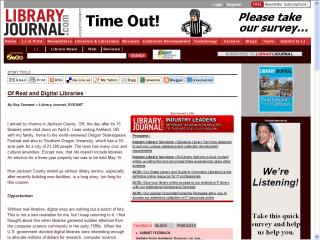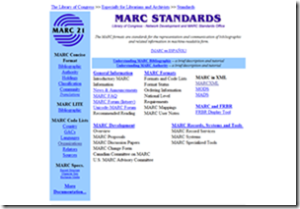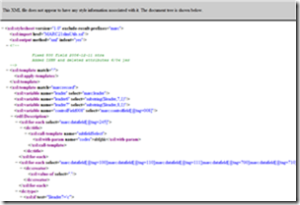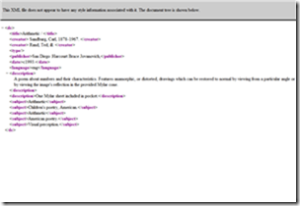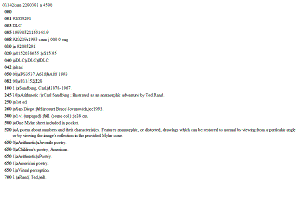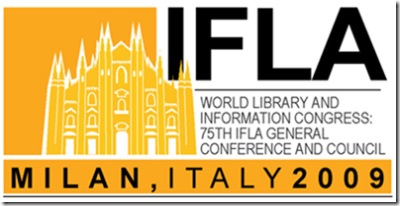A última pergunta é um segmento da seguinte sequência de perguntas respostas de uma entrevista dada por Sir Tim Berners-Lee
LANINGHAM: You know, with Web 2.0, a common explanation out there is Web 1.0 was about connecting computers and making information available; and Web 2 is about connecting people and facilitating new kinds of collaboration. Is that how you see Web 2.0?
BERNERS-LEE: Totally not. Web 1.0 was all about connecting people. It was an interactive space, and I think Web 2.0 is of course a piece of jargon, nobody even knows what it means. If Web 2.0 for you is blogs and wikis, then that is people to people. But that was what the Web was supposed to be all along.
And in fact, you know, this Web 2.0, quote, it means using the standards which have been produced by all these people working on Web 1.0. It means using the document object model, it means for HTML and SVG and so on, it’s using HTTP, so it’s building stuff using the Web standards, plus Java script of course.
So Web 2.0 for some people it means moving some of the thinking client side so making it more immediate, but the idea of the Web as interaction between people is really what the Web is. That was what it was designed to be as a collaborative space where people can interact.
Now, I really like the idea of people building things in hypertext, the sort of a common hypertext space to explain what the common understanding is and thus capturing all the ideas which led to a given position. I think that’s really important. And I think that blogs and wikis are two things which are fun, I think they’ve taken off partly because they do a lot of the management of the navigation for you and allow you to add content yourself.
But I think there will be a whole lot more things like that to come, different sorts of ways in which people will be able to work together.
The semantic wikis are very interesting. These are wikis in which people can add data and then that data can then be surfaced and sliced and diced using all kinds of different semantic Web tools, so that’s why it’s exciting the way people, things are going, but I think there are lots of new things in that vein that we have yet to invent.
A parte a vermelho é a parte que foi colocada a comentário.
O comentário que fiz foi à volta dos usos que o mercado fez da invenção do HTML por Berners Lee durante os primeiros tempos ter sido um uso mono direccional em que poucos falavam e muitos só podiam ouvir (ler ou consumir). É reconhecido que o fenómeno a que Tim O’Reilly chamou Web 2.0 ( não lhe chamou http 2.0 ou HTML 2.0 ) são exactamente o cumprir do potencial máximo do html e do http, pelo uso do POST e do PUT em muito maior escala por muito mais gente, em detrimento do GET. E devemos o POST em HTML a Berners Lee…
A Web 2.0 não foi inventada por ninguém, foi descoberta por todos… houve um que a baptizou.
Agora, sabendo a professora que apenas dois ou três alunos de toda a turma têm à vontade com a língua inglesa, colocar um texto para comentar em inglês foi mauzinho… estive tentado a dar a resposta em inglês, mas preciso da nota como toda a gente.
Os metadados e a transcrição…
Agora discorrendo um pouco para além do que tive tempo, paciência e ciência para pôr na página 8 do teste:
A web 2.0 é o que a sociedade (nativos digitais e imigrantes digitais) fizeram com a tecnologia, da qual Berners Lee é inventor de uma parte relativamente pequena em termos de inventividade ( mas imensa em termos de influência ). E a sociedade fez o que fez depois de ler o Manifest Cluetrain (pt) entre muitas outras ( The Cathedral and the Bazaar vem mais pelo titulo à memória). O que as sociedades fazem com a tecnologia à sua disposição é uma aventura interessante de analisar e aconselho a que investiguem o que os chineses fizeram com os caracteres móveis, o que os coreanos fizeram com os caracteres móveis, o que Guttenberg fez com os caracteres móveis e o que finalmente a Refroma fez com os caracteres móveis. Tudo o que a reforma fez esteve ao alcance dos chineses 5 séculos antes… mas foi a sociedade da Reforma que pegou naquela tecnologia e fez dela a revolução informacional que sabemos ( e atribuimos erradamente a Guttemberg, da mesma maneira que sempre atribuiremos a web a Berners Lee ()).
A “Imprensa” é o que uma determinada sociedade fez com uma determianda tecnologia, a “web 2.0” é o que outra sociedade fez com outra tecnologia. Incidentalemnte ambas as revoluções têm a ver com informação.
Incidentalmente sou alfa-tester do projecto freebase, que tenta criar um RDF de todo o conhecimento humano. Uma grande aplicação em java e que terá de usar crowdsourcing, tudo características web 2.0. Um RDF de todo o conhecimento humano é o sonho de Berners Lee, a que ele chama web semântica.
